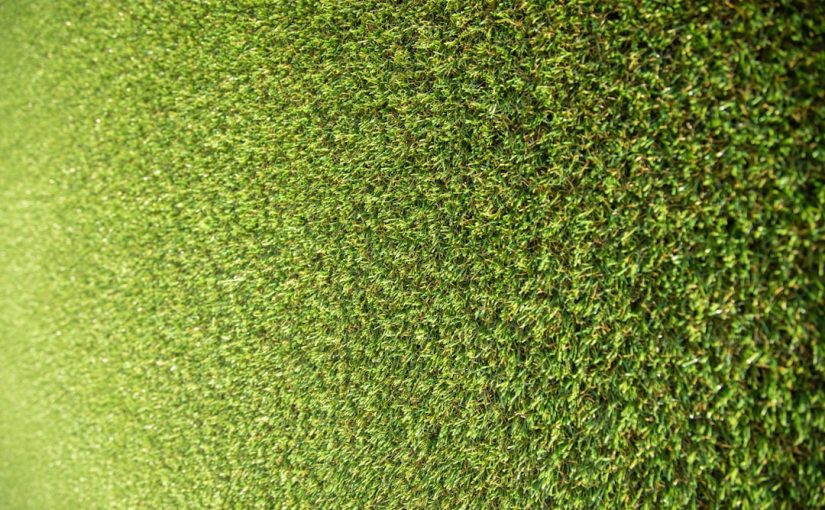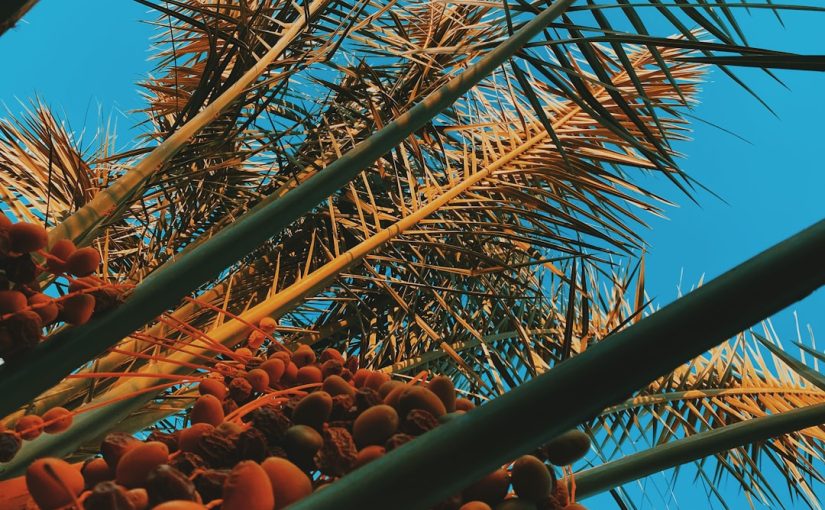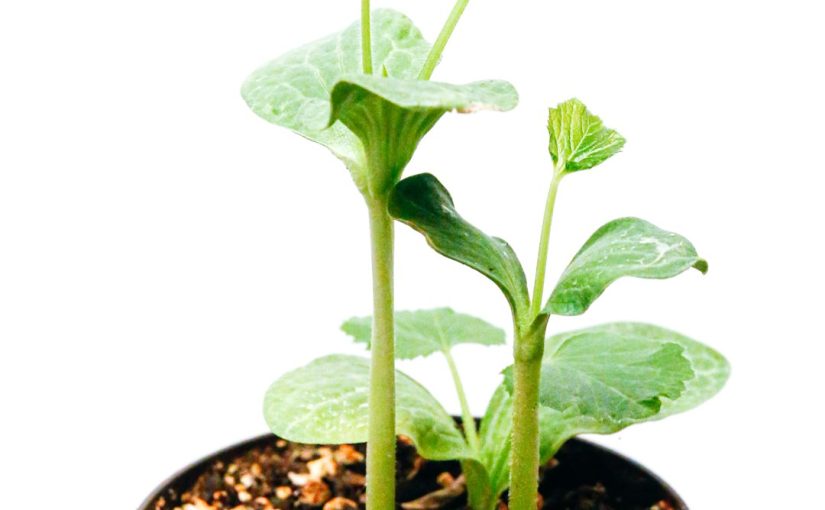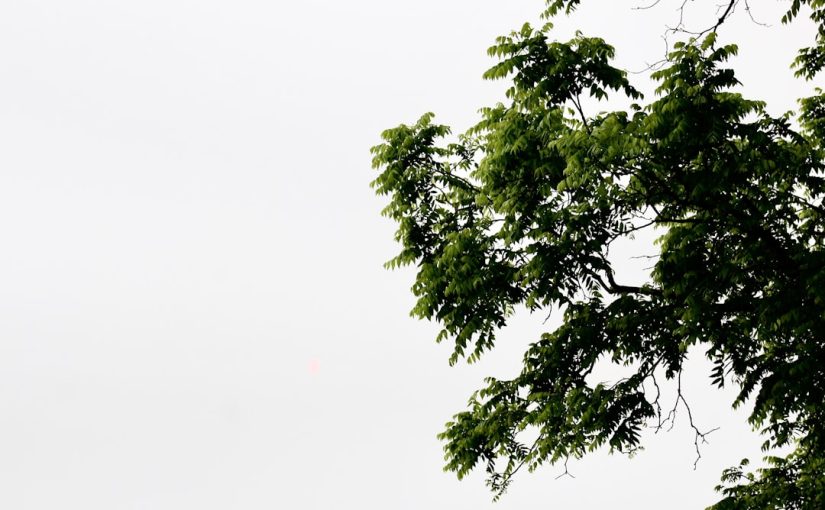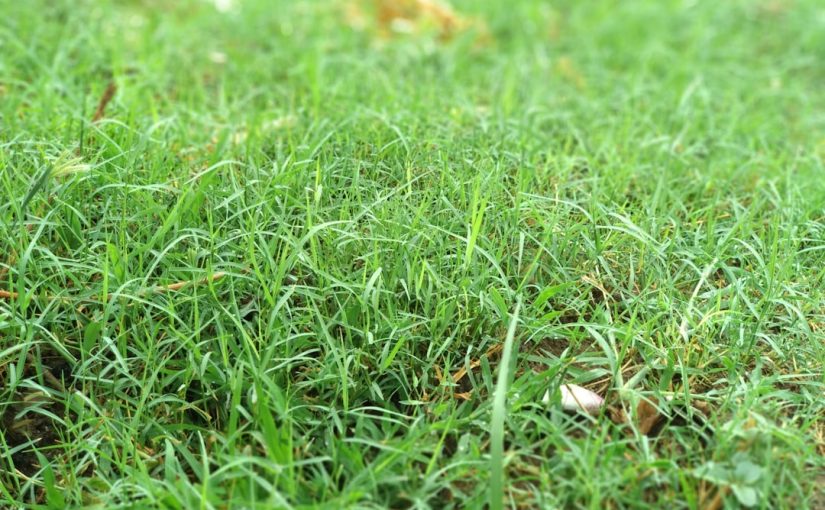Transforming a plain fence into a vibrant, living wall of green is an appealing prospect for many homeowners and gardeners. Among the popular choices for such a transformation, Boston ivy stands out for its vigorous growth and stunning seasonal foliage. However, a common question often arises before undertaking such a project: “How long will it actually take for Boston ivy to cover my fence?” The answer, while not a simple one-size-fits-all, depends on a fascinating interplay of the plant’s natural characteristics, environmental conditions, and the care it receives. This article will delve into the typical growth trajectory of Boston ivy, outlining the key factors that influence its speed and density of coverage, helping you set realistic expectations for achieving that lush, verdant screen.… Read the rest
作者: frozeng
What is the Staghorn Fern Adaptation?
The staghorn fern, scientifically known as Platycerium spp., is a true botanical wonder, captivating enthusiasts with its distinctive appearance and remarkable resilience. Hailing from the humid, sun-dappled canopies of tropical and subtropical forests across Africa, Asia, Australia, and South America, these unique plants have evolved an astonishing array of adaptations to thrive in an environment where most terrestrial flora would perish. Unlike typical garden plants, staghorn ferns are epiphytes, meaning they grow harmlessly on other plants, primarily trees, rather than in soil. This lifestyle presents significant challenges, from securing water and nutrients to anchoring themselves high above the forest floor.… Read the rest
How Cold Before Penta Flowers Freeze?
Penta flowers, with their vibrant clusters and butterfly-attracting charm, are a beloved addition to many gardens. However, like many tropical and subtropical beauties, they have a particular vulnerability: cold temperatures. Understanding precisely how low the mercury can drop before your precious Pentas suffer irreversible damage is crucial for their survival and continued bloom. This article will delve into the critical temperature thresholds, the tell-tale signs of cold stress, and effective strategies to protect these delicate plants from freezing. By equipping yourself with this knowledge, you can ensure your Pentas not only endure cooler weather but thrive, gracing your garden with their consistent color for as long as possible.… Read the rest
Ficus Lyrata Leaves Turning Brown & Drooping: Causes and Fixes
The Ficus Lyrata, affectionately known as the fiddle leaf fig, has become a staple in modern interiors, celebrated for its dramatic, violin-shaped leaves and commanding presence. However, the joy of owning this statement plant can quickly turn to concern when its vibrant green foliage begins to show signs of distress. Among the most common and alarming symptoms are leaves turning brown and drooping, signaling that your beloved plant is struggling. Understanding the precise reasons behind these visual cues is paramount for effective intervention. This article delves deep into the causes of browning and drooping fiddle leaf fig leaves, offering practical, actionable solutions to restore your plant to its former glory and maintain its majestic health.… Read the rest
Are Orange Palm Tree Berries Poisonous to Dogs?
For many dog owners, the sight of a vibrant orange palm berry can spark a moment of concern, especially if their curious canine companion is prone to sampling outdoor foliage. The question, “Are orange palm tree berries poisonous to dogs?”, is a common and critical one, with potentially serious implications for pet health. While the allure of these bright, often spherical fruits might seem harmless, the reality is far more complex than a simple yes or no answer. The toxicity of palm tree berries varies significantly depending on the specific species of palm, ranging from mildly irritating to severely dangerous, even life-threatening.… Read the rest
Is Loropetalum Harmful to Pets or Humans?
As gardeners and pet owners, we often seek to create a harmonious outdoor environment that is both beautiful and safe for all inhabitants. The Loropetalum chinense, commonly known as Chinese fringe flower, has surged in popularity in recent years, gracing landscapes with its vibrant foliage and distinctive, ribbon-like blooms. Its hardiness, attractive colors, and relatively low maintenance make it a go-to choice for hedges, foundation plantings, and accent shrubs. However, with any new addition to our homes or gardens, a crucial question often arises: is this plant safe? Concerns about potential toxicity to beloved pets and even curious children are entirely valid and deserve a thorough examination before planting or during casual encounters.… Read the rest
What to Do When Sago Palm Leaves Freeze
The majestic sago palm, with its ancient lineage and striking foliage, is a beloved addition to many landscapes, particularly in warmer climates. However, these subtropical beauties are not entirely impervious to the whims of Mother Nature, especially when freezing temperatures strike. A sudden cold snap can quickly turn vibrant, green fronds into a wilted, discolored mess, leaving many gardeners wondering if their cherished plant is beyond help. The sight of frost-damaged sago palm leaves can be disheartening, but all is not lost. Understanding how to properly assess the damage, provide appropriate care, and take preventative measures is crucial for helping your sago palm recover and thrive again.… Read the rest
Why Do Leaves Turn Yellow on Cottonwood Trees?
Why do leaves turn yellow on cottonwood trees?
Cottonwood trees, with their characteristic broad leaves and rapid growth, are a common sight across many landscapes, particularly near waterways. As the seasons progress, it’s not unusual to observe their lush green foliage transition to a striking yellow hue. This vibrant shift, while often a beautiful sign of autumn’s arrival, can sometimes prompt questions about the tree’s health. While the most common reason for this color change is entirely natural and part of the tree’s life cycle, other factors can also contribute to leaves turning yellow, sometimes signaling underlying issues. Understanding the science behind this phenomenon, from seasonal chlorophyll breakdown to environmental stressors, offers valuable insight into the health and vitality of these magnificent trees.… Read the rest
How to Grow Saffron in South Texas
The allure of saffron, often dubbed “red gold,” captivates chefs and home cooks worldwide with its distinctive aroma, vibrant color, and unique flavor. This highly prized spice, derived from the stigmas of the Crocus sativus flower, commands a premium price due to its labor-intensive harvesting process. While typically associated with Mediterranean climates, the prospect of cultivating saffron in the unique environmental conditions of South Texas presents an intriguing challenge and a potentially rewarding endeavor. This guide explores the specific strategies and considerations necessary to successfully grow saffron in a region characterized by its intense heat, variable humidity, and distinct soil compositions, turning an agricultural aspiration into a tangible reality for local growers.… Read the rest
How to Promote New Sod Growth for a Lush Lawn
The promise of an instantly green, lush lawn with new sod is exciting, but transforming those rolled-up sections into a vibrant, established turf requires more than just laying them down. It’s an investment in your home’s aesthetic and value, one that demands diligent care and strategic nurturing from day one. Many homeowners, eager for immediate results, often underestimate the crucial post-installation phase. Understanding how to properly promote new sod growth is the key to preventing common pitfalls like drying out, disease, or weak rooting, and instead ensuring your new lawn thrives. This article will delve into the essential practices, from initial watering to long-term maintenance, providing you with the knowledge to cultivate a deep, healthy root system and a resilient, beautiful lawn.… Read the rest
